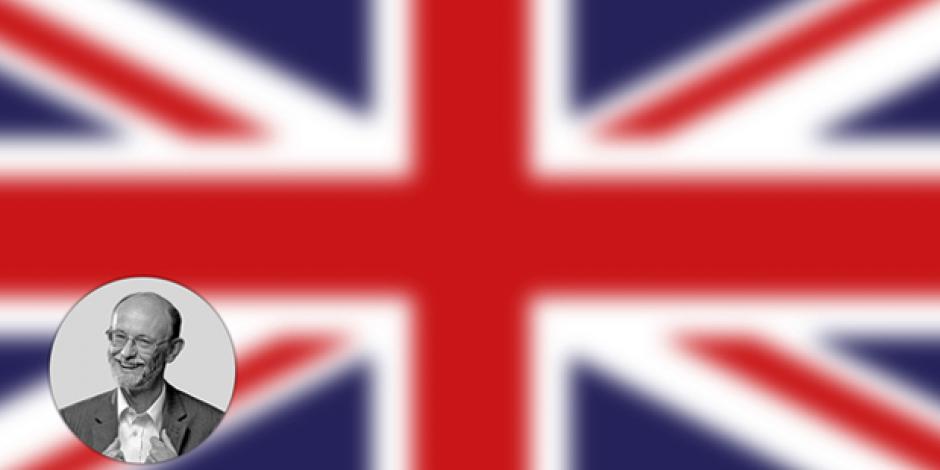Starten Sie den Audio-Text
Mit dem Audio-Player können Sie sich den Text anhören. Darunter finden Sie das Transkript.
Transcript: The name game
Yet another anniversary? I’m afraid so. It’s 200 years since the birth of Queen Victoria and her husband, Prince Albert. They were born in the same year, and their wedding, in 1840, was almost the start of a fairy taleMärchenfairy tale. But while prince and princess live happily ever after in fairy stories, Albert died young, and Victoria was left to live on for 40 years as his widowWitwewidow. As well as bringing the UK his many talents and interests, he brought us a very long name: the House of Saxe-Coburg-Gotha. It sounds more like a bus route than a royal dynasty. That’s the title I learned at school, and you still find it on the royal family’s website. Other sourcesQuellesources prefer Saxe- Coburg and Gotha. Well, if your surname needs a conjunction, surely that proves it’s too long. And if you add his first names — Francis Albert Augustus Charles Emmanuel — you’re temptedverleitet, versuchttempted to stop halfway through and start a new paragraph. Anyway, how are we to pronounce Albert’s surname? Do we try to make it sound more German and rhyme it with “quotaAnteil, Quotequota”? Or more English and rhyme it more or less with “to botherbelästigenbother”? It’s important if you’re trying to write limericks: “A prince with more names than his quota / Came to Britain from Saxe-Coburg-Gotha.” Or: “A name can cause far too much bother / When the wretchedelend, miserabelwretched thing’s SaxeCoburg-Gotha.” Victoria and Albert passed the problem on to their nine children. Their fourth, Alfred Ernest Albert, Duke of Saxe-Coburg-Gotha, has a name and title you could sing to that famous song from Disney’s film Mary Poppins: “Supercalifragilisticexpialidocious”. Try it! So, names were clearly taken seriously. But a visit to Osborne House, Victoria and Albert’s holiday home on the Isle of Wight, shows that there was also room for fun when the children were out in the gardens — playing at the Swiss Cottage (or “fortFestungfort”). Princess Beatrice, for example, is said to have locked her governessErzieherin, Hauslehreringoverness in the fort and wouldn’t let her out till she to barkbellenbarked like a dog. It’s shocking, of course, when a little girl behaves like a spoiltverwöhnt, verzogenspoiled and bossyrechthaberisch, störrischbossy princess. It’s also rather funny — and not untypical of some girls today, which may be the fault of all those Disney princess films. There seems to be no lackMangellack of Cinderellas who think they’ve been taken to the ball. Disney even used to have a specialist beauty salon at Harrods, one of London’s poshnobel, schickposhest department storeKaufhausdepartment stores. The salon created princesses out of Cinderellas for parents with lots and lots of money. For Cinderellas whose parents aren’t rich, there’s always the Victoria and Albert Museum, just a 10-minute walk down the road. The V&A is a fabulousfabelhaft, sagenhaftfabulous building with wonderful collections of dresses, jewellery, shoes and countless other beautiful things — and it’s free! The museum first opened in 1852. Without Albert’s enthusiastic lobbying, that probably would never have happened.
Neugierig auf mehr?
Dann nutzen Sie die Möglichkeit und stellen Sie sich Ihr optimales Abo ganz nach Ihren Wünschen zusammen.



